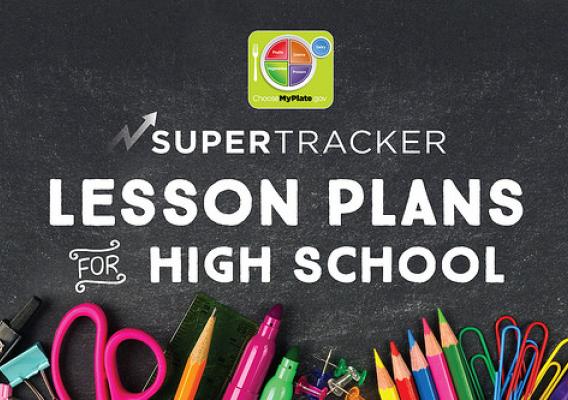March is National Nutrition Month. Throughout the month, USDA will be highlighting results of our efforts to improve access to safe, healthy food for all Americans and supporting the health of our next generation.
Knowing what and how much to eat can be complicated. And in today’s quick-paced society, Americans are looking for modern, on-the-go solutions for all aspects of our lives, including personal nutrition. USDA offers a variety of online tools, available on desktop, tablet, and mobile, to help you plan a healthy diet and see how you’re doing over time.
SuperTracker is a free food, physical activity, and weight tracking tool. It provides nutrition recommendations based on the 2015-2020 Dietary Guidelines for Americans that are personalized for your specific needs. You can track your foods to see how your choices stack up and quickly identify small changes for improvement. SuperTracker can help you build your own healthy eating style through interactive tracking. The Food Tracker feature offers an at-a-glance view of your dietary intake, including the five MyPlate food groups, calories, added sugars, saturated fat, and sodium.










